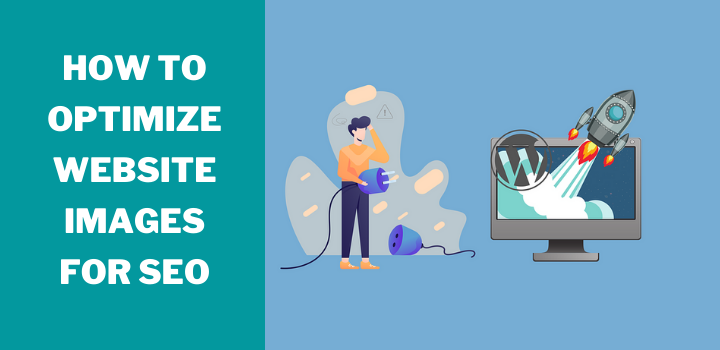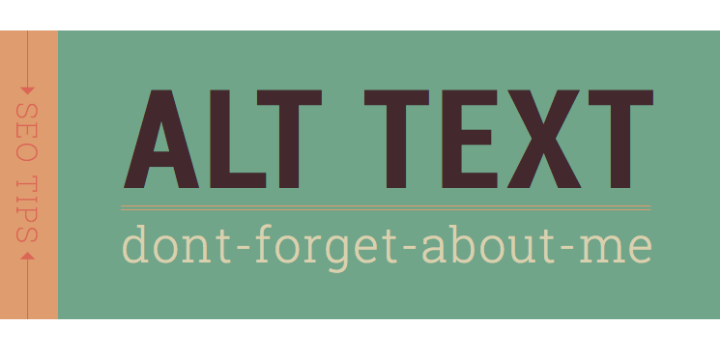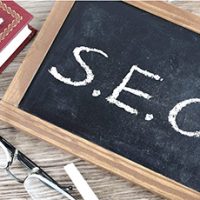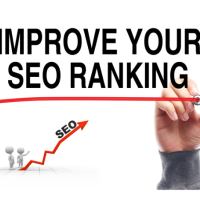Important actionable tips for image SEO
Search Engine Optimization for your textual content is straight-forward. When you follow the guidelines, your content will surely include the important keywords that Google should use to find your pages.

But it is different with images. Google can’t see what’s contained in the images. However, you can help Google understand what’s in the images. These small steps can improve visibility to a great extent.
Table of Contents
Name the pictures correctly on your computer
When adding images to your pages, it’s a good idea to name them correctly first. The file names of the images can not be changed in WordPress, but must be changed on your own computer before uploading to the WordPress media library.
Naming images is important to improve search engine visibility
If there is a car in the image, the name of the image can be “car.jpg”, “black-car.jpg”, etc. Google can read the name of the image. Thus, naming images improves search engine visibility.
If you’re optimizing a particular page, blog article, or e-commerce product page for a particular search term, use that search term in the names of the images on that page as well. Here are a couple of examples:
- If you want your page/blog article to be found with the search term “car”, name the image on that page, say “car.jpg” or “black-car.jpg”.
- If you sell cat food and want to find your pages for the term “cat food” in the search results, name the images on the page you optimized for “cat food” with “catfood.jpg” or “cat-food.jpg”.
Keep in mind that it’s not a good idea to put dashes, special characters, or spaces in image names, as not all browsers will understand them-and then the image may not be visible to internet users, even if it’s visible to you.
Alternative text (‘alt’ text)
An alternative text, or alt-text, must also be defined for each of the images. In addition to search engines, this text is also important if the user cannot see the image, for example, if the user’s browser does not display the images. Use the alt-text to describe what is in the picture with the keywords you are optimizing the pages for. If the alt-text isn’t related to the image in any way, but only has keywords that aren’t related to the image, Google may lower its ranking in its listings.

If there’s nothing sensible in the image, if it’s just an illustration or something that’s just used to design web pages, you don’t need to put anything in the alternate text.
Use Relevant Captions
You may also want to write a relevant caption for the image (unless you don’t want the caption to appear with the image). When designing a caption, you should use search terms again, if possible, but keep in mind that the purpose of the caption is to inform the visitor—the user of the web page, not just the search engine.



